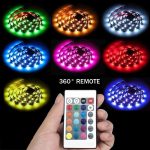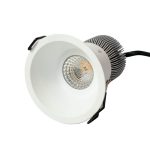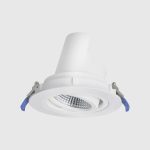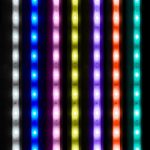LED Light Strips: How Long Do They Last and What You Need to Know
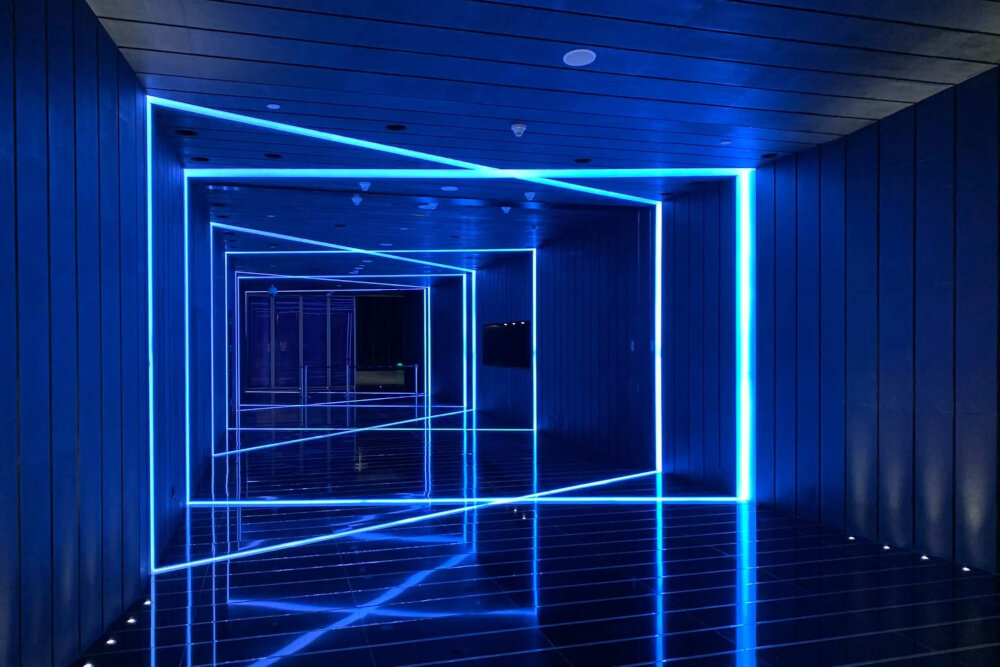
LED light strips are an innovative lighting solution that is becoming increasingly popular in both residential and commercial settings. These strips are made up of tiny light-emitting diodes (LEDs) that produce bright, energy-efficient light. LED light strips are versatile and can be used for a wide variety of applications, including accent lighting, task lighting, and more. With their long lifespan and low energy consumption, LED light strips are an excellent choice for those looking for an eco-friendly and cost-effective lighting solution. One of the most significant benefits of LED light strips is their long lifespan. Unlike traditional incandescent bulbs, which typically last for around 1,000 hours, LED light strips can last for up to 50,000 hours or more. This means that once you have installed LED light strips, you won’t need to worry about replacing them for many years. This makes LED light strips an ideal choice for hard-to-reach areas where changing the lights can be a hassle. Additionally, because LED light strips use less energy than traditional bulbs, they can help you save money on your energy bills over time.
LED light strips are flexible and thin lighting devices that are used for illuminating various spaces such as homes, offices, and commercial buildings. These strips consist of small LED bulbs that are attached to a thin and flexible circuit board. LED light strips are highly efficient and consume less energy as compared to traditional lighting sources. They are available in different colors and sizes, making it easy for users to customize the lighting as per their requirements. Additionally, LED light strips are durable and long-lasting, making them ideal for use in areas that require continuous illumination.
LED light strips have become increasingly popular in recent years due to their versatility and energy efficiency. They are a great addition to any home or commercial setting, providing both functional and aesthetic benefits. Not only do they offer an easy way to add ambiance and mood lighting to a room, but they can also be used to highlight architectural features or create a unique focal point. LED light strips are also durable and long-lasting, with some models boasting a lifespan of up to 50,000 hours. This means that they require minimal maintenance and replacement, making them a cost-effective lighting solution in the long run. Overall, LED light strips are an essential component of modern lighting design, offering a range of benefits that cannot be matched by traditional lighting options.
Factors that Affect the Lifespan of LED Light Strips

LED light strips are a popular lighting solution that offers a range of benefits such as energy efficiency, versatility, and durability. However, like any other electronic device, LED light strips have a limited lifespan, and various factors can influence how long they last. One of the most critical factors that affect the lifespan of LED light strips is heat. LED light strips generate heat when they are in use, and if the heat is not dissipated efficiently, it can cause the LED chips to degrade and fail prematurely. Therefore, it is crucial to ensure that the LED light strip is installed in a well-ventilated area to prevent heat buildup and enhance its lifespan. Another critical factor that affects the lifespan of LED light strips is the quality of the LEDs and other components used in their construction. LED light strips that are made from high-quality materials and components tend to last longer than those made from cheap or substandard materials. For instance, LED light strips that come with a high-quality PCB (printed circuit board) and high CRI (color rendering index) LEDs tend to last longer and provide better lighting performance compared to those with low-quality components. Therefore, it is essential to choose LED light strips that are made from high-quality materials and components to ensure that they last longer and provide optimal lighting performance.
The quality of materials used in LED light strips can greatly affect their lifespan and performance. High-quality materials such as copper circuit boards, high brightness LEDs, and durable protective coatings can make a significant difference in the longevity and durability of the product. Lower-quality materials may be cheaper, but they can lead to premature failure, reduced brightness, and other issues that can impact the overall effectiveness of the LED light strip. It’s important to choose LED light strips made with high-quality materials to ensure they last as long as possible and provide the brightest, most efficient lighting possible.
Operating temperature is a crucial factor when it comes to the lifespan of LED light strips. These strips are designed to work within a specific temperature range, and exceeding this range can cause significant damage to the LED chips and other components. In general, LED light strips should be operated within a temperature range of -20°C to 50°C to ensure optimal performance and longevity. Temperatures below this range can cause the LED chips to become dim or even fail, while temperatures above this range can cause thermal damage to the circuit board and other components. Therefore, it is essential to consider the operating temperature of LED light strips when choosing the right product for your application, and to ensure that they are installed and operated within the recommended temperature range.
Humidity and moisture are two factors that can greatly affect the lifespan and performance of LED light strips. High levels of humidity can cause the adhesive on the back of the strips to weaken, leading to the strips falling off or losing their grip. Moisture can also seep into the strips and cause damage to the electrical components, leading to malfunctions or even complete failure. It is important to ensure that LED light strips are installed in a dry and well-ventilated area, and to avoid exposing them to water or other forms of moisture. Additionally, regular cleaning and maintenance can help to prevent the buildup of dust and debris, which can also contribute to the deterioration of the strips over time.
The frequency of use is a crucial factor that affects the lifespan of LED light strips. The more frequently you use them, the faster the degradation process will be. The reason is that LED lights generate heat, and frequent use leads to more heat production, which can cause damage to the components over time. Additionally, if the LED light strip is left on continuously for long periods, it can cause overheating and shorten the lifespan. Therefore, it’s essential to use LED light strips judiciously and turn them off when not in use to extend their lifespan. By doing so, you can ensure that your LED light strips last longer and provide you with optimal lighting for years to come.
How Long Do LED Light Strips Typically Last?
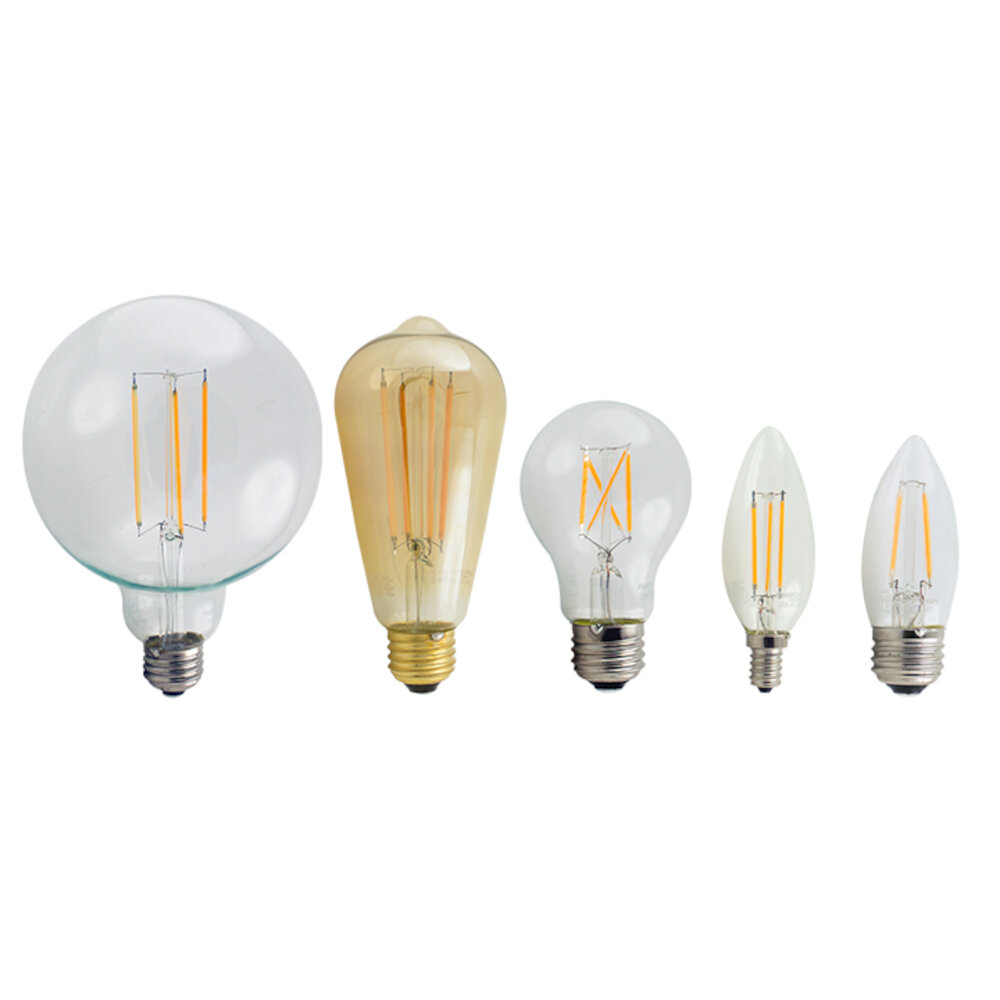
LED light strips are a popular choice for interior design and decoration, as they offer a variety of colors and are energy-efficient. One of the most sought-after features of LED light strips is their longevity. On average, LED light strips can last up to 50,000 hours, which is significantly longer compared to traditional lighting options like incandescent bulbs. This extended lifespan is due to their advanced technology and lack of filaments, which are often the first components to fail in traditional light bulbs. However, the lifespan of LED light strips can vary depending on several factors such as usage, environmental conditions, and quality. For instance, if the LED light strips are used for extended periods, they may experience a shorter lifespan due to overheating. Similarly, exposure to moisture, dust, and other environmental elements can also impact their longevity. Therefore, it is crucial to consider these factors when purchasing LED light strips and to invest in high-quality brands that offer warranties and customer support.
The average lifespan of LED light strips is dependent on multiple factors. Typically, high-quality LED light strips can last up to 50,000 hours, which is almost 6 years of continuous use. However, environmental factors such as heat, humidity, and exposure to the elements can significantly reduce their lifespan. Additionally, the frequency of usage and the quality of the power supply also play a vital role in determining the longevity of LED light strips. In general, it’s always recommended to invest in high-quality LED light strips and use them in a controlled and safe environment to ensure they last as long as possible.
Lifespan is a complex and multifaceted concept that is influenced by a wide range of factors. Genetics, lifestyle choices, and environmental factors can all play a role in determining how long an individual will live. For instance, a person’s genetics can predispose them to certain diseases and health conditions that can shorten their lifespan. Similarly, lifestyle factors such as diet, exercise, and smoking can also impact lifespan. Exposure to environmental toxins and pollutants can also have a negative impact on health and longevity. On the other hand, access to quality healthcare, a supportive social network, and healthy coping mechanisms can all contribute to a longer and healthier life. Ultimately, the length and quality of one’s life are determined by a complex interplay of genetic, environmental, and lifestyle factors, and can vary widely from person to person.
What You Need to Know about LED Light Strip Maintenance
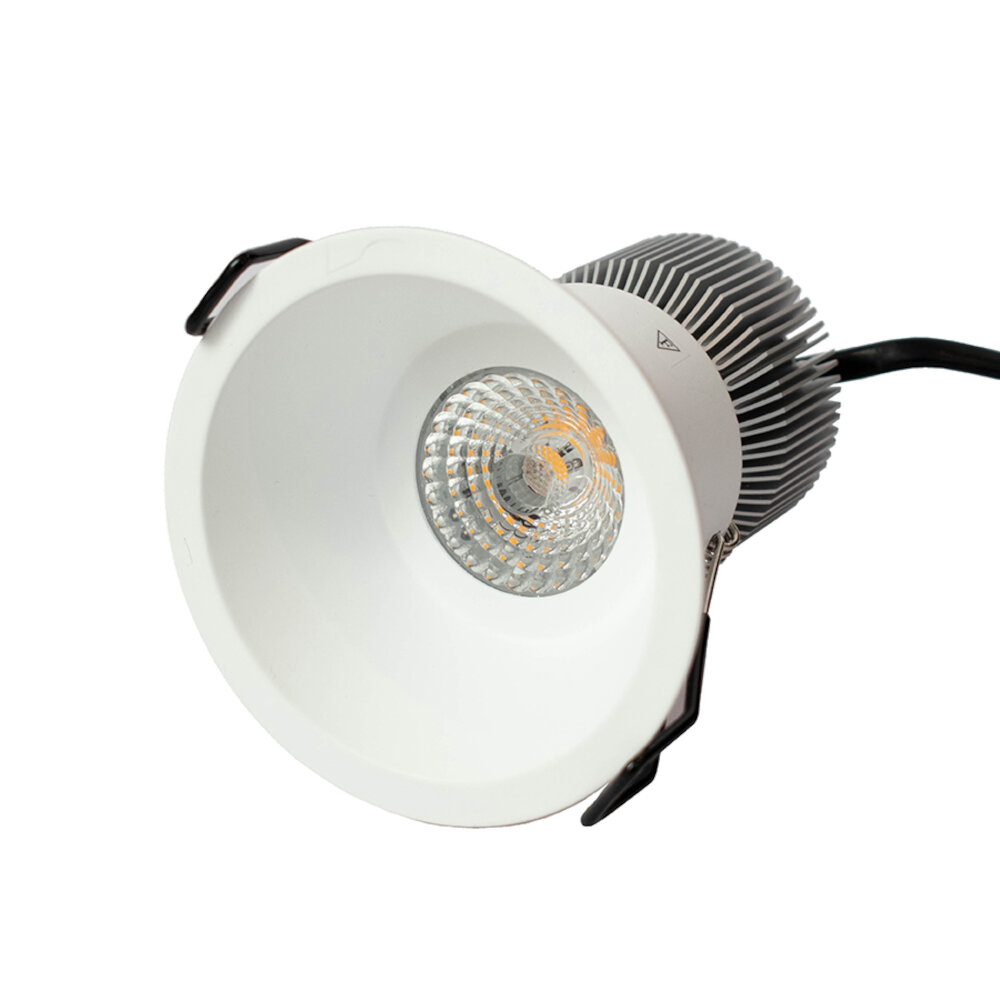
LED light strips have become increasingly popular in recent years due to their versatile use and energy efficiency. However, like any other electronic device, they require proper maintenance to function at their best. One of the most important things to keep in mind is to avoid physical damage to the strip. LED light strips are delicate and can easily be damaged if handled improperly. Therefore, it is crucial to handle them with care and avoid bending or twisting them. Additionally, it is essential to keep them clean by wiping them down with a soft cloth regularly. Dust and dirt can accumulate on the surface of the strip, which can affect their brightness and longevity. Another critical aspect of LED light strip maintenance is to ensure they are not exposed to high temperatures or humidity. High heat can cause the strip to overheat and reduce its lifespan, while too much moisture can damage the electrical components. It is recommended to keep the strip in a cool, dry place and avoid exposing it to direct sunlight or water. Additionally, it is essential to choose the right power source for the strip. Using an incorrect voltage or amperage can damage the strip, so it is crucial to read the manufacturer’s instructions carefully before installation. By following these simple maintenance tips, you can ensure that your LED light strip lasts for a long time and functions efficiently.
When it comes to LED light strips, keeping them clean and free of dust is crucial for maximizing their lifespan. Dust and debris can accumulate on the surface of the strips and block the proper ventilation required by the LEDs, causing them to overheat and ultimately fail. To prevent this, it is recommended to regularly clean and dust the LED light strips using a dry, soft cloth or a brush. Avoid using water or any cleaning solution, as they may damage the strips. Additionally, it is important to ensure that the LED light strips are installed in a well-ventilated area to allow proper airflow and prevent buildup of heat. By following these simple maintenance tips, you can extend the life of your LED light strips and enjoy their bright and vibrant illumination for years to come.
Proper installation of LED light strips is crucial for achieving their maximum lifespan. Before installing, it is important to ensure that the surface is clean, dry, and free from any dust or debris. The strips should be cut to the required length and connected to the appropriate power source with the correct voltage and current ratings. Overloading the strips with incorrect voltage or current can cause irreparable damage and drastically reduce their lifespan. Additionally, proper heat dissipation is crucial to avoid overheating and premature failure. Therefore, it is recommended to use aluminum channels or heat sinks to dissipate heat properly. Finally, for long-lasting performance, it is essential to use high-quality LED light strips from reputable manufacturers and follow their installation guidelines.
To ensure that your LED light strips function optimally and last for a long time, it is crucial to monitor them regularly and replace any faulty components promptly. This involves checking for signs of wear and tear, such as flickering lights or inconsistent brightness levels, and identifying the root cause of the problem. Faulty components may include the power supply, wiring, or even the LED chips themselves. By promptly replacing any faulty components, you can prevent further damage to your LED light strips and extend their lifespan. Regular monitoring and maintenance of your LED light strips will also help you to identify any potential issues before they become major problems, saving you time and money in the long run.
In conclusion, LED light strips are an energy-efficient and versatile lighting solution that can last up to 50,000 hours with proper usage and maintenance. It is important to understand the wattage and voltage requirements of the LED strip and to choose the appropriate power supply to ensure optimal performance and longevity. Additionally, installing the LED strip in a cool, dry environment and avoiding excessive bending or twisting can help extend its lifespan. By taking these considerations into account, LED light strips can provide long-lasting and vibrant lighting for a variety of applications, from home décor to commercial displays.
Proper maintenance and care are crucial for the longevity and optimal performance of LED light strips. LED light strips are a significant investment, and it is essential to ensure that they are well-maintained to maximize their lifespan. Regular cleaning of the LED strips and their surroundings can prevent dust and debris buildup that can affect their performance. Additionally, ensuring that the power source and connections are secure and free from damage can prevent voltage fluctuations that can cause damage to the LEDs. It is also important to keep the LED light strips away from moisture and extreme temperatures that can cause damage to the circuitry. By taking care of your LED light strips, you can enjoy their beautiful illumination for many years to come.
In conclusion, LED light strips are a versatile and long-lasting lighting solution that can be used for a variety of applications. They are energy-efficient, durable, and easy to install, making them a popular choice for both residential and commercial settings. However, it is important to choose high-quality LED light strips and properly install them to ensure maximum lifespan and performance. By understanding the factors that affect their longevity and taking proper care of them, you can enjoy the benefits of LED light strips for many years to come.
Conclusion
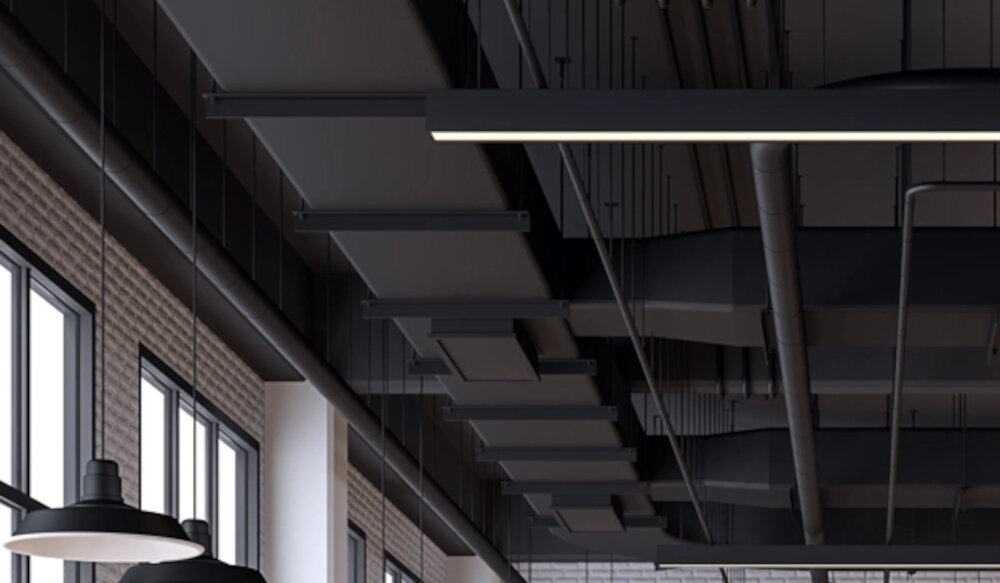
In conclusion, LED light strips are a great lighting solution for various applications, such as home decor, commercial settings, and automotive lighting. They have a longer lifespan compared to traditional lighting options and are energy-efficient, making them a cost-effective choice in the long run. However, to ensure the longevity of the LED light strips, it is essential to choose high-quality products, follow the manufacturer’s instructions, and avoid overloading the strip with too much power. By taking these precautions, you can enjoy the benefits of LED light strips for years to come.

